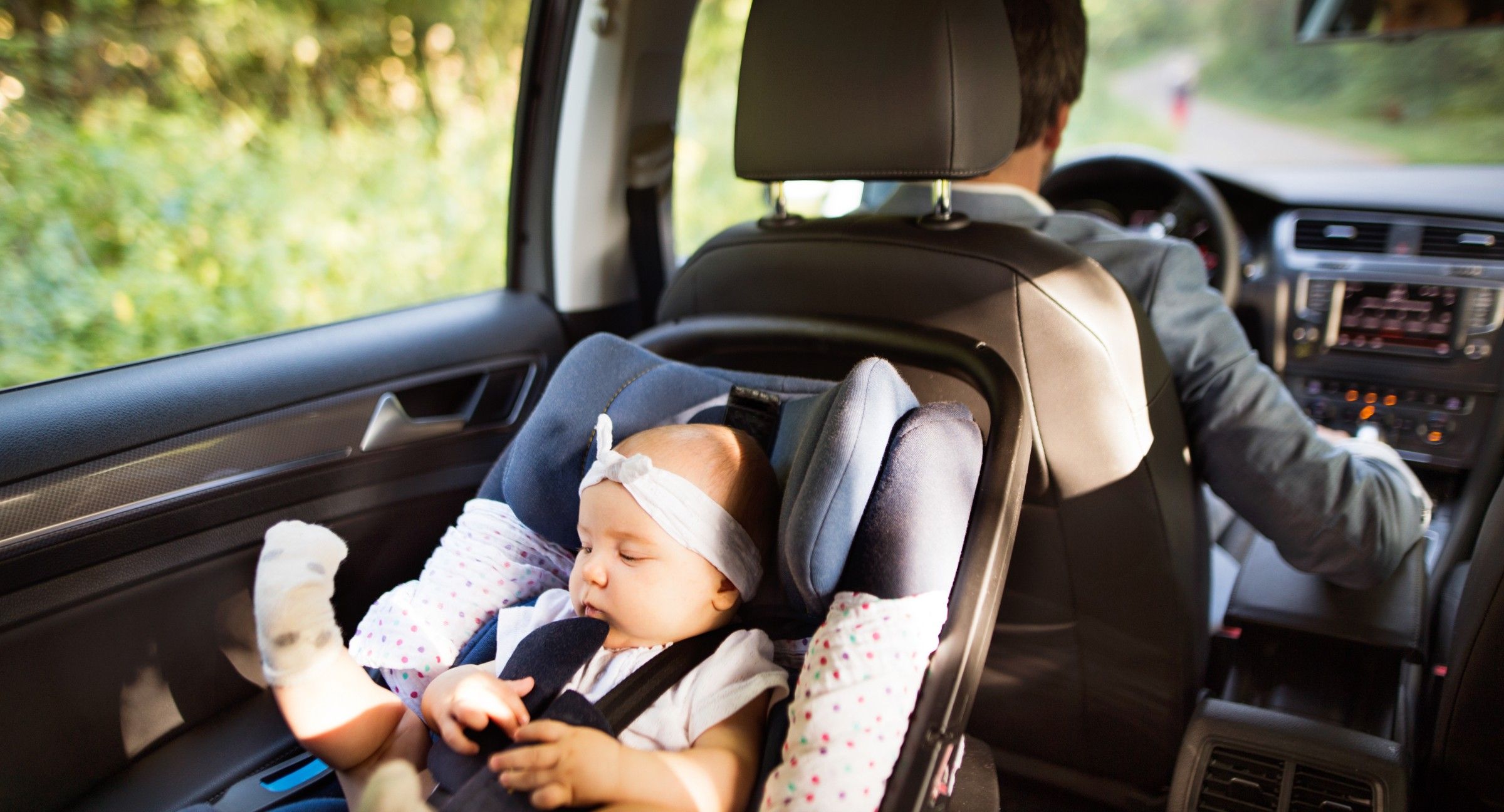Colorado Car Seat Law: What You Should Know

- Personal Injury

As a parent, car seats are a more significant part of your life than you ever would have thought before having children. You spend time finding the right seat and learning how to install it, and then tasks like getting the kids in and out, changing cars, etc., become part of your daily life.
Of course, every parent wants their children to be as safe as possible in the car, but there are also legal requirements to consider. And if you don’t follow them and wind up in an accident, it can have an impact on a personal injury claim.
First, we’ll outline Colorado’s car seat laws for you so you know exactly what you need to do based on your child’s age. Then we’ll give you the cautionary information about what can happen with personal injury claims if an accident happens and a child is not buckled up properly.
Colorado Car Seat Laws
Ages 0 – 1 Year
It is no surprise that Colorado’s strongest car seat requirements apply to very young children. Kids under one and weighing less than 20 pounds must be secured in a rear-facing child restraint system (i.e., a harnessed car seat) that is located in the rear seat of the vehicle.
Ages 1 – 4 Years
As children get bigger, the state’s laws relax a little bit. Kids between the ages of one and four and weighing between 20 and 40 pounds must be secured in a child restraint system that is either forward or rear-facing. (Note: The American Academy of Pediatrics recommends using a rear-facing car seat as long as possible to reduce the risk of head and neck injuries.) The car seat may be in either the front or rear seat of the vehicle.
Ages 4 – 8 Years
Under Colorado law, children up to eight must be secured in a child restraint system, such as a booster seat. Notice that this is strictly an age-based requirement, so the child’s weight does not factor into it.
Ages 8 – 15 Years
All children under 16 must either be secured in a child restraint system, such as a booster seat, or simply use a seat belt. Legal requirements aside, if you’re not sure whether your child is grown enough to ditch the booster seat, there is a 5-step test to help you decide:
- Can they sit with their back against the seat?
- Do their knees bend at the front of the seat, allowing them to put their feet flat on the floor?
- Does the lap belt sit low across their hips, touching their thighs?
- Does the shoulder belt sit across the middle of their shoulder?
- Can they easily sit in that position for the whole trip?
Exceptions
Interestingly, the most common exception from the state’s car seat laws is for school buses. Though it may seem counterintuitive, there is some reasoning behind this. School bus seats are highly padded and placed close together, providing cushioning in the case of an accident without the added risk of whiplash from a seatbelt. School buses are also highly visible and drive more slowly, reducing the likelihood of being involved in a major accident.
Personal Injury Claims: What Happens if Your Child Was Not Properly Restrained?
Drivers can easily be distracted and lose focus when a child in the vehicle is not properly restrained, and that’s when accidents can happen, leading to injuries or even death.
Here’s what can happen legally if you and a child are involved in this type of crash and you or another driver seeks a personal injury claim.
If You Caused the Accident
In these types of cases, the driver can be found negligent, making them liable for any personal injuries that occurred as a result of a crash.
The driver can also be considered negligent per se for violating Colorado state law. Negligent per se means the driver is responsible because they failed to use a child restraint system, which led them to be distracted, which ultimately led to an accident. The driver is then responsible for compensating injury victims for things like medical bills and expenses, lost wages, future lost earnings, and pain and suffering.
If Someone Else Caused the Accident
Let’s say a third party caused an accident, but your child was improperly restrained and ended up getting injured. What happens then?
First, it's important to understand comparative negligence, which is in use in Colorado. It means that when an accident occurs, the fault and/or negligence of each party involved is based on each party's contributions to the accident.
In simpler terms, if multiple parties are at fault, the damages will be apportioned accordingly.
Let's look at an example:
- You and your improperly restrained child have been injured in an accident caused by a third party.
- The other driver's insurance company or attorney may argue that your negligence in not restraining your child contributed to your child’s injuries.
Your child’s recovery may be offset by the portion of liability attributable to you. In other words, the child’s damages will be reduced.
Colorado Personal Injury Attorneys
If you have been involved in an injury accident in Colorado and your child was improperly restrained, it’s critical to speak with a personal injury attorney.
Our team of attorneys at Jorgensen, Brownell & Pepin, P.C., have more than 30 years of experience handling personal injury cases — call us to schedule a free consultation.
